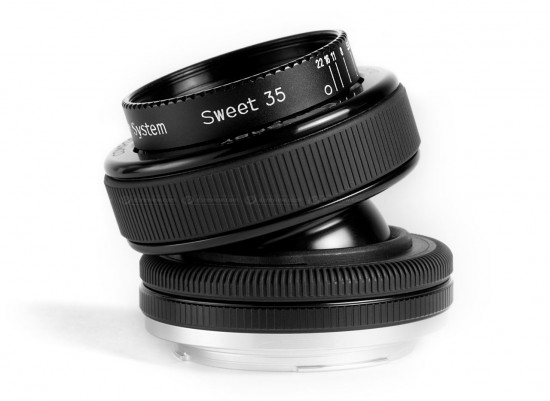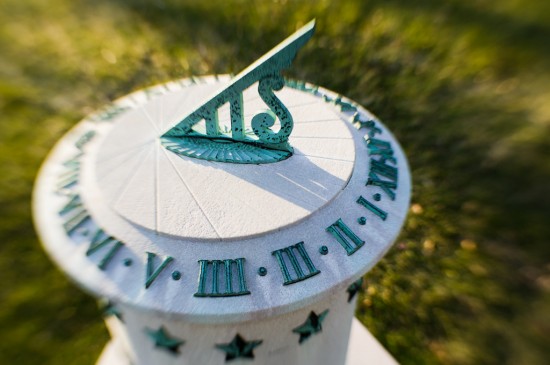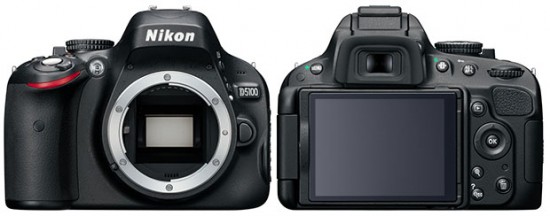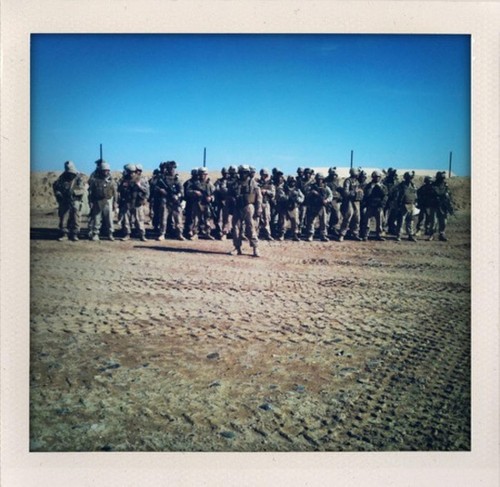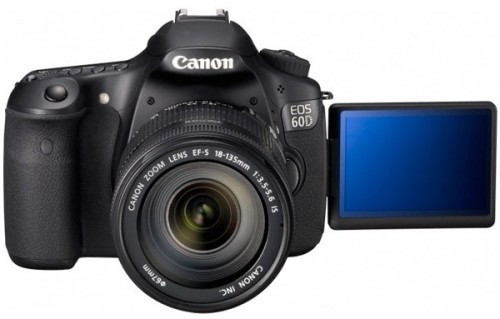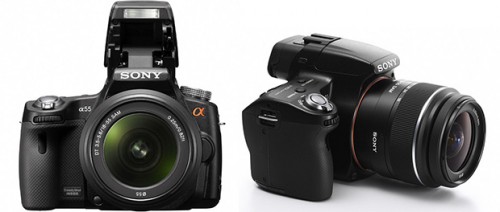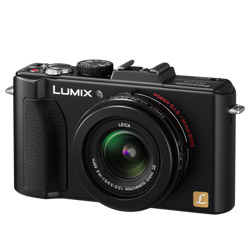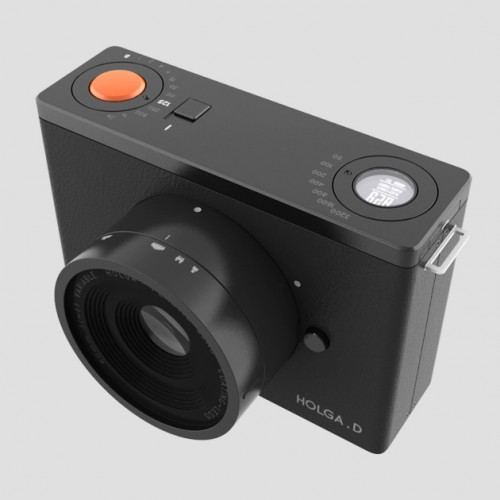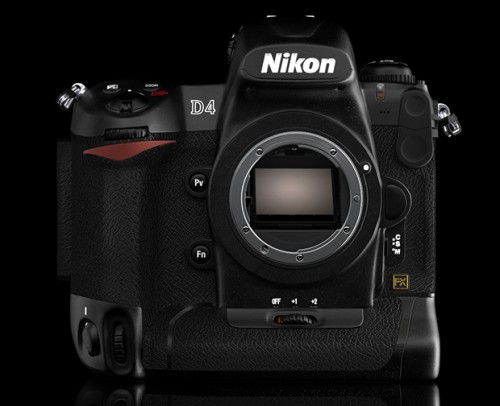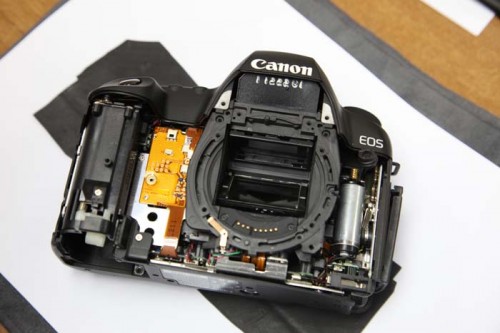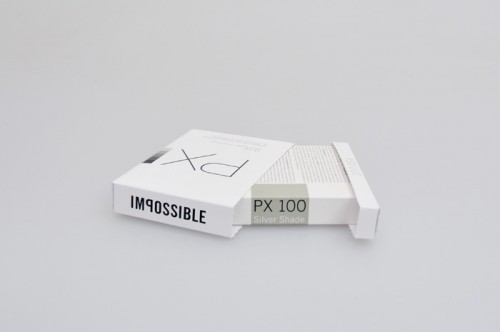
With the continuous growth of the digital SLR market, camera accessories have been quick to piggyback on it. One particular product type that has seen much innovation is the basic camera strap. Recently, there has been an interest in what could be classified as quick–draw straps, with BlackRapid’s R–Strap and Luma Labs’ Luma Loop coming into prominence.
The main benefit of these straps is that they allow to quickly raise your camera to eye level without the strap’s material sticking to your clothes. Their design allows the camera to simply slide along the length of the strap, thus eliminating the need for a “moving strap”.
I’ve personally a similar system recently, and though I agree how it helps you get from resting to shooting stance much faster, I cannot live with the side effect of having an expensive camera moving around as you walk fast (or run) as you move locations. This problem becomes clear when you’re carrying other gear with your left and right hand, leaving the camera to move dangerously with the motion. It has a negative psychological effect, making you feel that your camera is somehow less safer.
There are also some online threads you might want to consider regarding their reliability:
And regarding the “quick–draw” advantage: if you’re fairly experienced in the type of photography you practice, 90% of the time you’d probably know when to raise your camera and when you can just let it rest on your side, or below your neck. Additionally, both straps require you to “wear” the camera in an across–the–body fashion; you can’t wear it in the traditional “like–a–necklace” style.
I’m sure there’s a market for these quick–draw straps, but their advantages are somehow overhyped. And that’s if you can live with it’s quirks.
